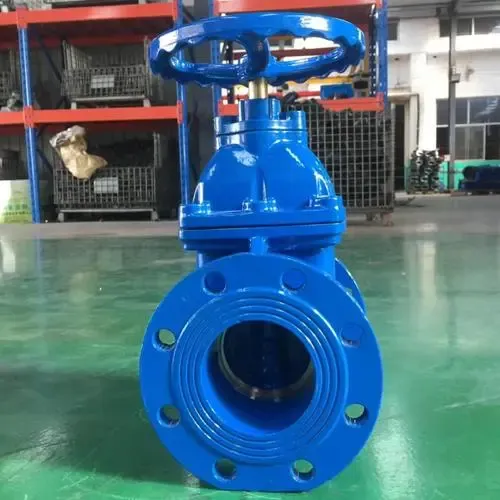Dec . 16, 2024 04:02 Back to list
different types of control valve
Understanding Different Types of Control Valves
Control valves play a crucial role in various industrial applications by regulating the flow, pressure, and temperature of liquids and gases. These valves are essential in maintaining process conditions and ensuring operational safety and efficiency. This article discusses the different types of control valves, their features, and applications.
1. Globe Valves
Globe valves are among the most commonly used control valves. They have a spherical body shape and internal baffles that create a throttling effect. This design allows for precise flow control. Globe valves are typically used in applications requiring frequent throttling and can handle high pressures effectively. However, they may have higher pressure drops than other valve types, making them less efficient in applications where minimal resistance is needed.
2. Ball Valves
Ball valves are characterized by a spherical disc, or ball, that moves to control flow. When the ball's hole aligns with the pipe, flow is unrestricted; when it is perpendicular, flow is stopped. Ball valves are known for their durability and are often used in applications that require quick shut-off capabilities. They offer low flow resistance, making them ideal for systems where swift operation is essential, such as in water treatment and various chemical processes.
3. Butterfly Valves
Butterfly valves use a rotating disc to manage flow. This design makes them lightweight and compact, suitable for large-scale applications where space is a concern. They provide a quick shut-off and can be used in both throttling and isolation applications. Butterfly valves are prevalent in water distribution, chemical industries, and HVAC systems due to their ability to handle large volumes of fluid efficiently.
different types of control valve

4. Gate Valves
Gate valves are designed to either completely stop or allow the flow of fluid. They are not ideal for throttling but are excellent for on/off applications. The gate can be raised or lowered using a handwheel or other actuating devices. Gate valves have minimal pressure drop and are best used in situations where a straight-line flow is essential, such as in pipeline systems carrying water, oil, and gas.
5. Check Valves
Check valves differ from traditional control valves in that they prevent backflow in a system. They automatically close when fluid attempts to flow in the reverse direction. This characteristic is vital for protecting pumps, compressors, and other equipment from damage due to backflow. Check valves are commonly used in applications ranging from water and wastewater management to oil and gas pipelines.
6. Pressure Relief Valves
Pressure relief valves are safety devices designed to prevent overpressure conditions in systems. They automatically release excess pressure by opening when a certain threshold is exceeded. This function is critical in protecting equipment from damage and ensuring safety in various industries, including chemical processing and power generation.
Conclusion
Choosing the right type of control valve is crucial for the efficiency and safety of any industrial process. Understanding the distinct functions, advantages, and limitations of each valve type allows engineers and operators to select the most appropriate solution for their specific applications. As industries continue to evolve, advancements in control valve technology will further enhance process control and operational reliability. Therefore, keeping abreast of these technologies is essential for optimizing performance and achieving sustainability in industrial practices.
-
Why Metric Trapezoidal Thread is Ideal for Precision Motion ControlNewsAug.05,2025
-
The Unique Properties of a Block of Granite for Industrial UseNewsAug.05,2025
-
The Role of Flanged Y Strainers in Preventing Pipeline ClogsNewsAug.05,2025
-
The Importance of Regular Calibration for Master Ring GagesNewsAug.05,2025
-
How a Cast Iron Surface Table Enhances Accuracy in ManufacturingNewsAug.05,2025
-
Comparing Different Check Valve Types for Optimal Flow ControlNewsAug.05,2025
Related PRODUCTS









